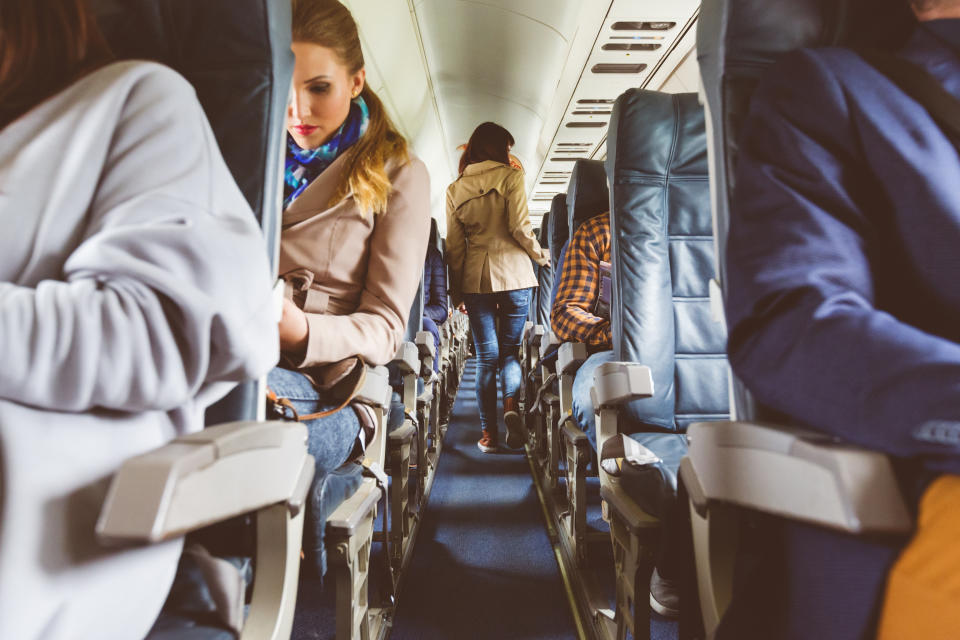What happens inside your body when you're flying in an airplane?
Millions of passengers fly in and out of airports every day. But of that number, how many of them know exactly what’s happening inside their bodies when they’re sky high?
Flying in an airplane is nothing like being on the ground — all it takes is a peek out the window for your senses to be certain of that. But it’s not just your senses that can tell the difference between sea level and cruising altitude; your organs can too. And a big part of the changes that happen in your body while flying are thanks to atmospheric pressure.

Atmospheric pressure, or air pressure, is the force exerted on a surface by the air around it. As you climb in altitude, atmospheric pressure decreases, which can affect your body in many different ways.
An airplane’s typical cruising altitude is somewhere between 36,000 and 40,000 feet. For people inside the plane to survive a high altitude like this, the interior of the plane is pressurized by conditioned air being pumped through the cabin. This simulates an environment that feels more like 6,000 to 8,000 feet — an altitude similar to what you might experience in mountainous areas.
The high altitude can cause a few symptoms and side effects. For one, your blood absorbs less oxygen at cruising altitude — this can make you feel sleepy or give you a headache.

Additionally, humidity levels at cruising altitude can be as low as four percent, which can in turn cause dehydration and dry skin, and, when combined with cabin pressure, it can even numb some of your tastebuds.
Cabin pressure can also cause bloating and stomach pains, as the gas in your intestines expands as the plane climbs in altitude and cabin pressure drops.
One often-discussed potential ailment caused by air travel is deep vein thrombosis. DVT occurs when blood clots form in deep veins within the body, typically in the legs. They can develop if you stay seated for too long.

A few ways to stay healthy and comfortable while flying:
Make sure to get up and move around.
Drink plenty of water to stay hydrated.
Use saline nasal spray to combat dry air.
Use a moisturiser to hydrate your skin.
Air travel is still the safest form of travel, and if we know what’s happening inside our bodies, it can be the most comfortable form of travel as well.
Got a story tip? Send it to tips@yahoo7.com.au
Want more celebrity, entertainment and lifestyle news? Follow Be on Facebook, Twitter, Pinterest, Tumblr and Instagram.

 Yahoo Lifestyle
Yahoo Lifestyle 


